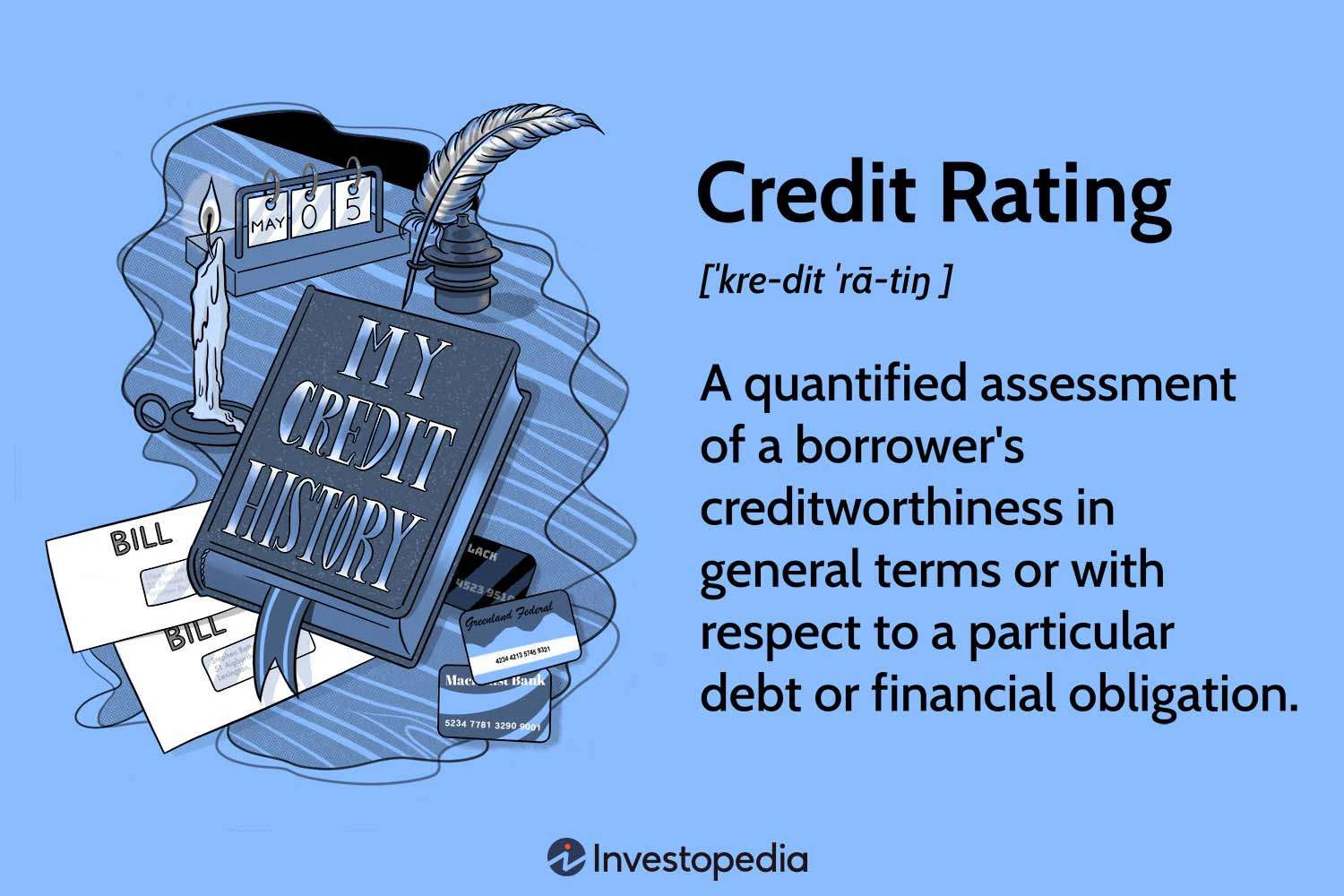Understanding Credit Ratings: Unveiling Financial Strength
Credit ratings play a pivotal role in the financial world by offering an independent assessment of an entity’s ability to meet its financial obligations.
For individuals, credit scores go hand in hand with borrowing history and repayment patterns, shaping how lenders evaluate creditworthiness.
When it comes to corporations and governments, credit agencies like S&P Global, Moody’s, and Fitch Ratings assign credit ratings. These ratings are instrumental for investors in assessing the risks associated with investing in bonds or debt instruments offered by these entities.
Key Insights on Credit Ratings:
- A credit rating signifies an entity’s capacity to fulfill loan obligations, encompassing interest payments and debt settlements.
- It reflects the probability of an issuer defaulting, often due to insolvency.
- Credit ratings are typically represented by letter grades, ranging from AAA (top-tier) to C or D (lowest).
- Prominent credit rating agencies include Fitch Ratings, Moody’s Investors Service, and S&P Global Ratings.
Deciphering the Significance of Credit Ratings
Credit ratings offer insights into the risk levels tied to extending funds to various entities, spanning from businesses to governmental bodies.
A higher credit rating signals the anticipated smooth fulfillment of debt obligations by a bond issuer, while lower ratings hint at potential payment hurdles, with the lowest ratings signaling financial turmoil.
Before bonds are issued, they undergo rating assessments with interest rates correlated to these ratings. Companies with lower ratings often bear higher interest costs to mitigate investment risks.
Investors and lenders lean on credit ratings to gauge the viability of business collaborations and to determine fair compensation for risks undertaken.
